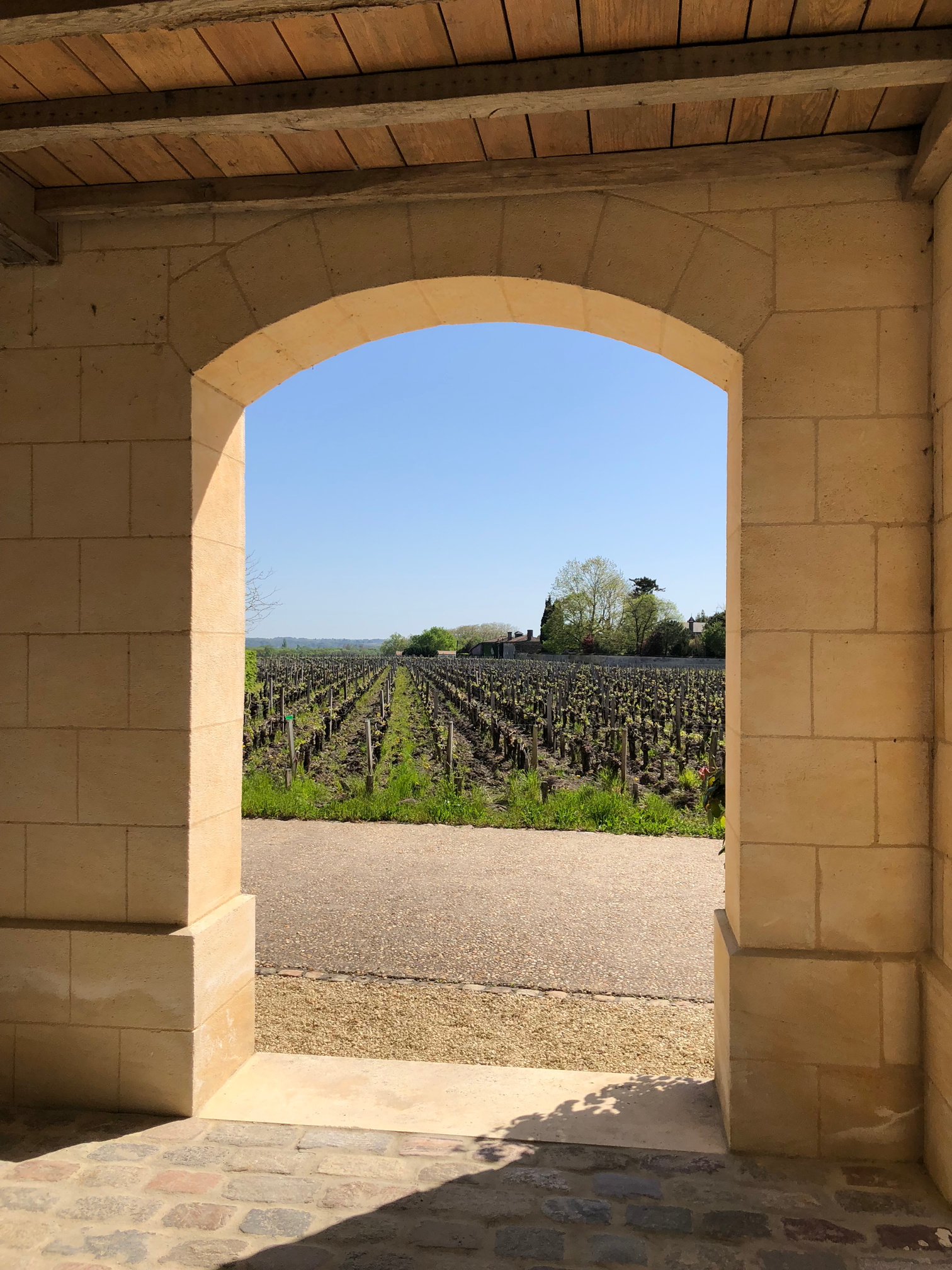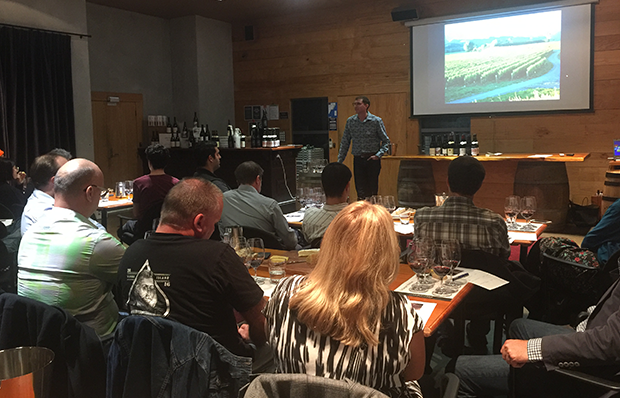Having just finished tasting in Bordeaux, I must say I was surprised to see a top name released this soon; much talk was of a slow campaign, as many are still pondering how to approach it. When I visited Chateau Palmer last week, they were clear: the quality is good, though does not have the long-term ageing potential of the 2015 or 2016 wines, so must be priced accordingly. They noted, the vintage 2011 was in a similar predicament and that they felt lessons could and should be learnt from this vintage.
Delighted to then see this followed through with
today’s offer of the
2017 Chateau Palmer at 20% less than the 2016 and just under the 2015. What’s not entirely clear is how much wine has been released at this price; there’s speculation that this first tranche may be small and sell very quickly. We have secured a good allocation, though, as always, suggest you do act on this swiftly.
As I’ve just finished tasting, our vintage summary, review and recommendations are not yet
online, though we have started to update the site with the critics reviews as they have become available. So, in a nutshell, what’s the vintage like? Frost is the obvious first point to deal with, and one that it was clear producers had been asked repeatedly. Sadly, there are many who have lost a lot of their crop from this vintage, though generally the top properties and the left bank were less affected. Drought the next consideration. It was very hot in the later part of the growing season, the vines started to be too stressed with heat. Rain the next cab off the rank in 2017. This fortunately came at the right moment for the Cabernet, which if then left was excellent in 2017. These conditions didn’t favour Merlot on left bank, with higher proportions of Cabernet this year. The right bank’s plateau around Pomerol and blue clay fared well. Overall, the wines are very classic; they are not fruit forward, they are wonderfully ripe and with a burst of fresh acidity. These are not wines for long term cellaring, rather wines that will be short to medium term wines. A standout from this year is Sauternes; it’s a lovely sweet vintage.
We have a dedicated En Primeur website, do ensure you register there to get regular updates, offers and current information. Once registered you can also prepare a wish list of wines you are interested in.
There was some loss in production here, 15 ha, also a second fruit set on these vines, which were not used in the wines (there are instances where producers did use this second generation fruit this year). The blend this year is 54% Merlot, 42% Cabernet, 4% Petit Verdot. The blend contradicting my notes above, which is quite typical from Palmer. I often taste here straight after Chateau Margaux or vice versa, when you listen to the view of whether it’s a Cabernet vintage or not, you will always get a contradicting view between these two Chateau (although they look at each other) and it’s usual for Palmer to be the odd one out, in terms of the vintage generally. Palmer’s positioning and approach is all its own, now 100% biodynamic and with 100% natural yeasts used too. The yield was 38 hl/ha this year. The perfume of this wine is lovely, it’s bright and lively. The palate has a pure core of cassis, there’s a fresh acidity, not lively, just right. This is super well structured, elegant and very fine. This is a charming classic Palmer, very precise, there’s a lot of details to the wine.
Merlot 52%, Cabernet 41%, Petit Verdot 6%. The nose is ethereal, juicy plum and red berries. Stylistically it’s a generous open style that is already quite approachable. There’s a good level of freshness. Elegant and with wonderful balance.



